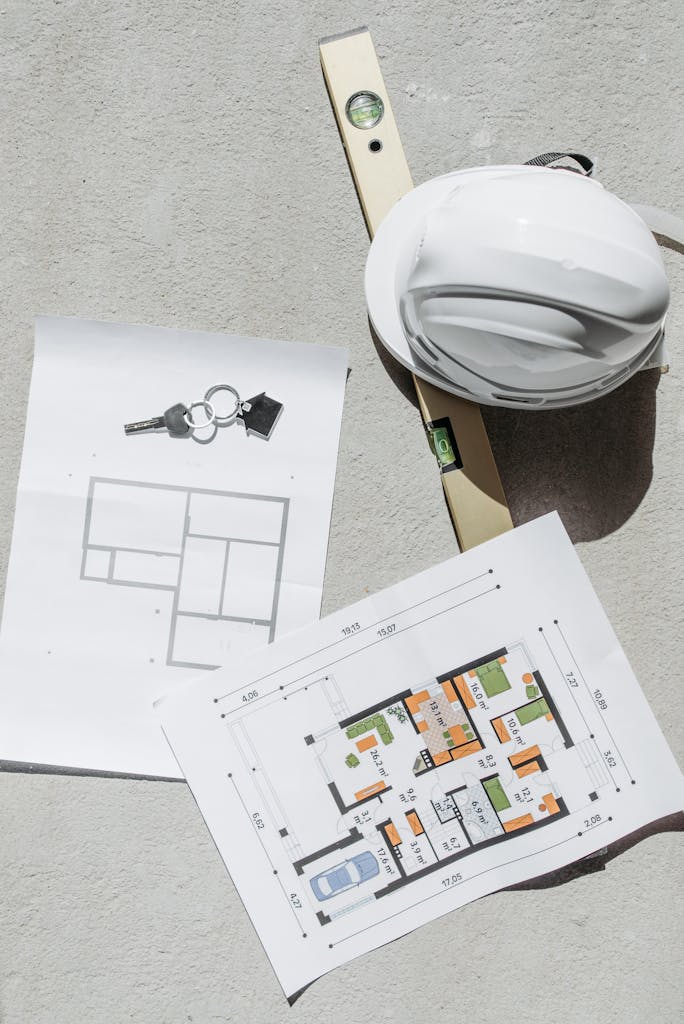The Technical Returnable (TR), often referred to as a qualification or prequalification document, plays a pivotal role in securing major architectural and construction projects. It serves as a comprehensive showcase of an architectural firm’s expertise, experience, and capacity to meet a client’s specific requirements. Creating a compelling TR document can mean the difference between winning and losing a high-stakes project. This guide explores the essential components of a technical returnable, common mistakes to avoid, and strategies for crafting a personalized and impactful submission.
What Should a Technical Returnable Include?
A well-prepared TR must be detailed yet concise, structured to highlight the firm’s qualifications while addressing the client’s unique needs. Below are the key sections every TR should contain:
1. Executive Summary
- Provide a concise overview of your firm, emphasizing your unique value proposition.
- Example: “INJ Architects brings over 20 years of experience in delivering innovative, sustainable architectural solutions across [specific regions or sectors].”
- Use this section to immediately capture the client’s interest.
2. Company Profile
- Include a brief history of the firm, highlighting key achievements, such as awards, milestones, or notable projects.
- Ensure this section aligns with your public profile on Who We Are.
3. Relevant Experience
- Showcase a portfolio of projects similar in scope or complexity to the client’s requirements.
- Include data such as:
- Project Name: Residential Complex XYZ.
- Location: Riyadh, Saudi Arabia.
- Timeline: Completed in 2021, delivered on schedule within 18 months.
- Budget: $50 million.
4. Team Expertise
- Highlight the qualifications and roles of key team members.
- Example: “Our lead architect, featured in INJ Architects Team, specializes in large-scale urban developments with expertise in integrating sustainable practices.”
5. Technical Capabilities
- Provide evidence of your firm’s technical capabilities, including:
- Use of BIM technology or advanced design software.
- Certifications in sustainability standards like LEED or BREEAM.
6. Approach to the Project
- Outline your methodology for addressing the project’s challenges.
- Example: Detail how you would balance aesthetic goals with technical constraints.
7. Financial Stability
- Include financial statements or certifications to assure the client of your firm’s stability and capacity to handle large projects.
8. References and Testimonials
- Provide contactable references from past clients to reinforce credibility.
9. Certifications and Licenses
- Ensure compliance with local laws and regulations by including all necessary certifications and licenses.

Common Mistakes in Preparing a Technical Returnable
1. Overloading with Irrelevant Information
Including unnecessary details dilutes the impact of your submission. Focus on showcasing projects and skills directly related to the client’s needs.
2. Poor Organization
A cluttered or poorly structured document reflects negatively on your professionalism. Ensure logical flow and easy navigation with clear headings and subheadings.
3. Lack of Personalization
Generic submissions fail to resonate with clients. Tailor your TR to address the specific challenges and opportunities of the project.
4. Inaccurate or Outdated Data
Submitting incorrect information undermines your credibility. Double-check project details, team qualifications, and financial data.
The Importance of Structure and Design in a TR
1. Clear Formatting
- Use professional fonts, consistent spacing, and bullet points for readability.
- Include visuals such as project photos, infographics, and charts to break up text.
2. Engaging Visual Design
- A visually appealing document captures attention. Utilize your firm’s branding elements like logos and color schemes.
3. Use of Digital Tools
- Interactive PDFs or hyperlinks to online portfolios add a dynamic element to your submission.
Tips for Personalizing a TR for Major Projects
1. Research the Client
- Understand the client’s vision, values, and pain points. For example, if sustainability is a priority, emphasize your experience in green architecture.
2. Align with Project Objectives
- Tailor your methodology and examples to demonstrate how you will achieve the client’s goals.
3. Highlight Unique Capabilities
- Showcase aspects that differentiate your firm, such as innovative design approaches or advanced technologies.
4. Engage in Dialogue
- If possible, schedule a pre-submission meeting to gain insights into the client’s expectations and address any uncertainties.
Case Studies: Lessons from TR Success and Failure
Success Story:
Project: A cultural center in Abu Dhabi.
- The client valued sustainability and community impact.
- The firm included a section dedicated to innovative solutions like passive cooling systems and community-focused spaces.
- Result: The proposal stood out, leading to the firm securing the contract.
Failure Story:
Project: A mixed-use development in Singapore.
- The TR lacked a clear structure, making it difficult for the client to locate critical information.
- Poorly designed visuals detracted from the overall presentation.
- Lesson: Structure and design are as important as content.
Conclusion
A Technical Returnable is more than a document—it’s a strategic tool that demonstrates your firm’s value and capability. By focusing on clarity, relevance, and personalization, architects can craft TRs that not only meet client expectations but exceed them. As competition intensifies for major projects, mastering the art of creating a compelling TR is essential for long-term success.
For more insights into our architectural approach and expertise, visit Who We Are and explore our exceptional team at INJ Architects Team.
Sources:
- International Federation of Consulting Engineers (FIDIC), “Best Practices for Technical Submissions,” 2021.
- World Architecture Community, “How Firms Win High-Stakes Projects,” 2022.
